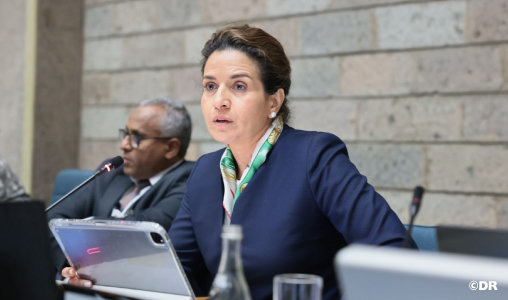
Attention to detail, ingenuity, and patience… off the coast of Moorea, young divers are breathing new life into reefs damaged by climate change. Our reporter joined these ocean artisans.
Underwater, the current carries us toward the pass, where the turquoise and sparkling waters of Moorea’s lagoon meet the deep blue of the Pacific Ocean. Unperturbed amidst the ballet of trumpetfish, surgeonfish, and parrotfish, the silhouette of Tehei Faretahua seems to hover. The diver perfects his position, gently waving his fins to avoid touching the reef or stirring up the sandy bottom. His eyes focused behind his mask, he times his breath, releasing small bubbles at regular intervals, which are playfully chased by little striped fish and white-tailed damsels.
Coral species, dimensions, GPS coordinates, photos
Then, Tehei approaches a Pocillopora verrucosa, a purple coral whose flattened, irregular spatula-like arms resemble broccoli. Using a wood chisel, the diver cuts a fragment from the colony, producing a sharp sound that contrasts with the softness of his movements and the surrounding ripples. Tehei’s black-gloved hand withdraws, leaving behind a whitish scar: a wound that the lagoon will gently heal over the next two weeks.
Species, dimensions, GPS coordinates, photos… With just a few clicks, the diver records on a waterproof smartphone the necessary information for monitoring the coral colony from which he has just taken a few fragments to propagate – in other words, to multiply it. Tehei then repositions his snorkel and, with strong strokes of his fins, transports his cargo back to the boat. Singing loudly in Tahitian, his teammates hang the reef fragments, ranging from beige to pastel pink, on twisted ropes. They hurry to avoid letting the fragments suffer too long in the stagnant water of the basins where the diver placed them.
The coral, abrasive and slimy between their fingers, releases a defensive mucus that makes it shine like a precious stone. Soon, the team will « plant » it in its new setting, a steel structure located one meter underwater, a short swim from a fine sandy beach lined with coconut trees in the northeast of Moorea. The « baby » corals will remain in this nursery for one to two years, where they will be nurtured by scientists before being transplanted to Tiaia Experiment, the adjacent restoration site, covering 1,100 square meters – the size of an Olympic swimming pool.
Coral Gardeners Association has planted 100,000 corals
Since its founding in 2017, the Coral Gardeners association, created by young people from Moorea, has facilitated the planting of around 100,000 corals. With 70 employees, it is also now present in Fiji and Thailand. Coral propagation was developed in the late 1990s and is now used in about 400 reef restoration projects worldwide. However, the Coral Gardeners of the Society Islands are undoubtedly the first to give this technique global visibility, with 700,000 followers on Instagram, support from celebrities like Thomas Pesquet and Matt Damon, and backing from major clothing and watch brands. Such fame is a rare phenomenon for this small, peaceful island in French Polynesia.
Source: GEO



